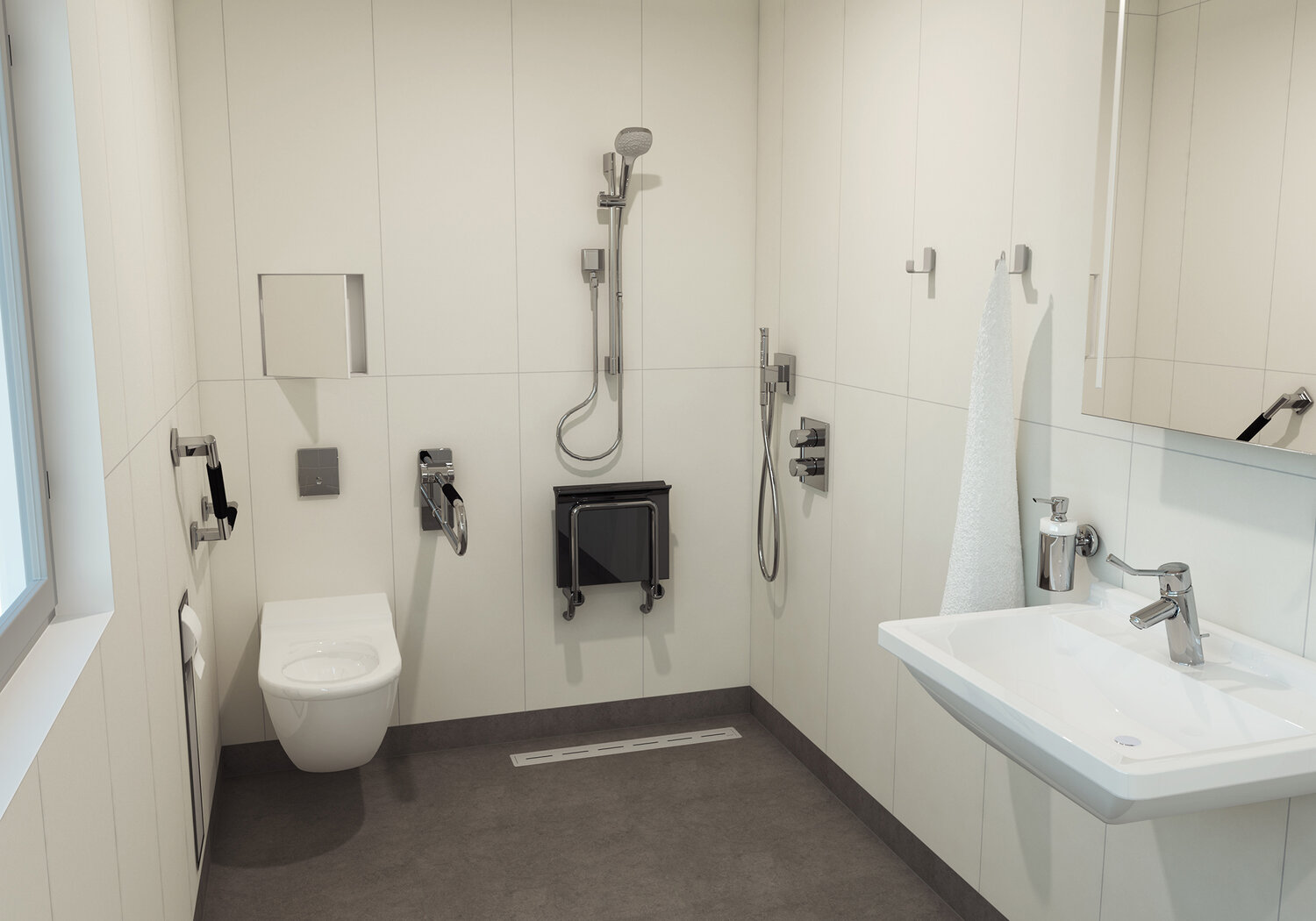
June 20, 2023
Falls prevention among seniors is a critical concern, especially within their own homes. Two approaches to enhancing home safety stand out: universal design and customized home safety consultations. In this blog, we’ll explore the differences between these two concepts and how each contributes to the safety and well-being of older adults.
Universal Design:
Universal design is an architectural and interior design concept focused on creating spaces and products that are accessible and usable by people of all ages and abilities. The key principles of universal design include:
1. Equitable Use: Spaces and products should be designed to accommodate individuals with varying abilities equally. This means considering features like step-free entrances, wide doorways, and lever-style door handles that are easier for arthritic hands to operate.
2. Flexibility in Use: Universal design aims to create spaces that can adapt to the changing needs of occupants. For seniors, this may involve adjustable countertops, grab bars that double as towel racks, and roll-in showers.
3. Simple and Intuitive Use: Features should be straightforward and intuitive to use, minimizing the need for complex instructions or assistance. Examples include lever faucets, well-placed lighting, and color contrast for better visibility.
4. Perceptible Information: Design should provide clear and easily understandable information to users regardless of sensory abilities. Visual and tactile cues, such as textured flooring at transitions, help seniors navigate safely.
5. Tolerance for Error: Spaces and products should be forgiving of mistakes or accidents, reducing the risk of injury. Slip-resistant flooring and rounded furniture corners are good examples.
Customized Home Safety Consultation:
A customized home safety consultation, on the other hand, involves an #OccpuationalTherapist, specially certified to visiting the senior’s home and assess its safety and recommend personalized modifications. This approach considers the unique needs and circumstances of the individual. Key elements of a customized home safety consultation include:
1. Comprehensive Assessment: A thorough evaluation of the home is conducted, considering the senior’s mobility, medical conditions, and lifestyle. A #homesafetyconsultation identifies specific #triphazards and potential fall risks.
2. Tailored Recommendations: Based on the assessment, the consultant provides personalized recommendations for home modifications and safety enhancements. These suggestions may range from installing grab bars in specific locations to removing tripping hazards like loose rugs.
3. Budget Considerations: The consultant helps prioritize modifications based on the senior’s budget and immediate needs. This ensures that essential safety improvements are addressed first.
4. Resource Guidance: Seniors are often connected with local resources and contractors who can perform the recommended modifications. Consultants may also provide guidance on accessing financial assistance or grants for home safety upgrades.
Balancing Universal Design and Customization:
While universal design principles can benefit many seniors by creating inherently safe living spaces, customized home safety consultations address individual needs more precisely. The ideal approach may involve a combination of both concepts, where homes are initially designed or adapted with universal design principles and further customized as necessary to accommodate specific safety concerns.
#Universaldesign and customized home safety consultations share the common goal of #fallsprevention among seniors #aginginplace in their homes. While universal design provides a solid foundation for creating #accessiblespaces, customized consultations offer personalized solutions to address unique safety challenges. By understanding the differences between these concepts and their potential synergy, we can take significant steps toward ensuring the safety and well-being of our senior population.